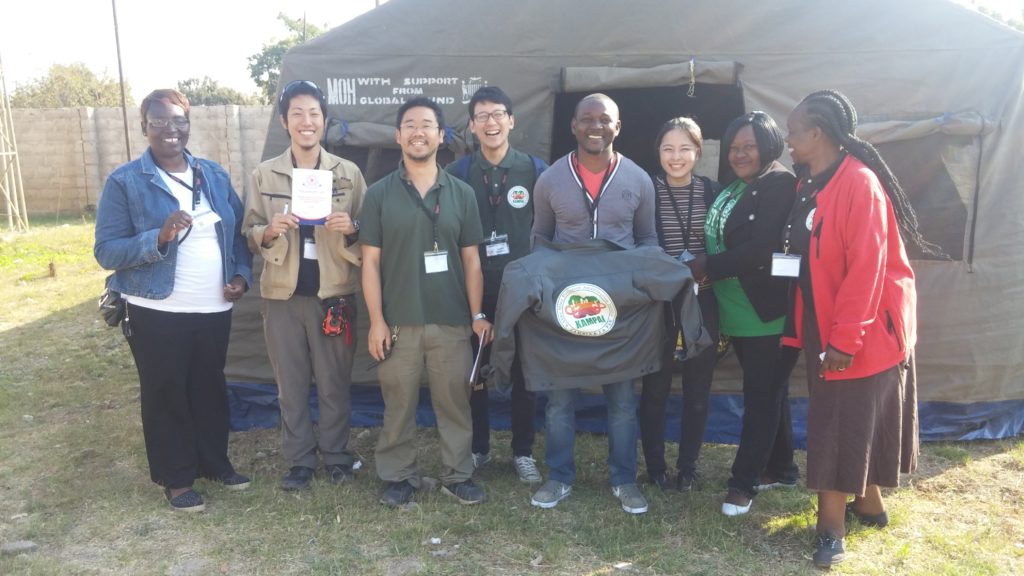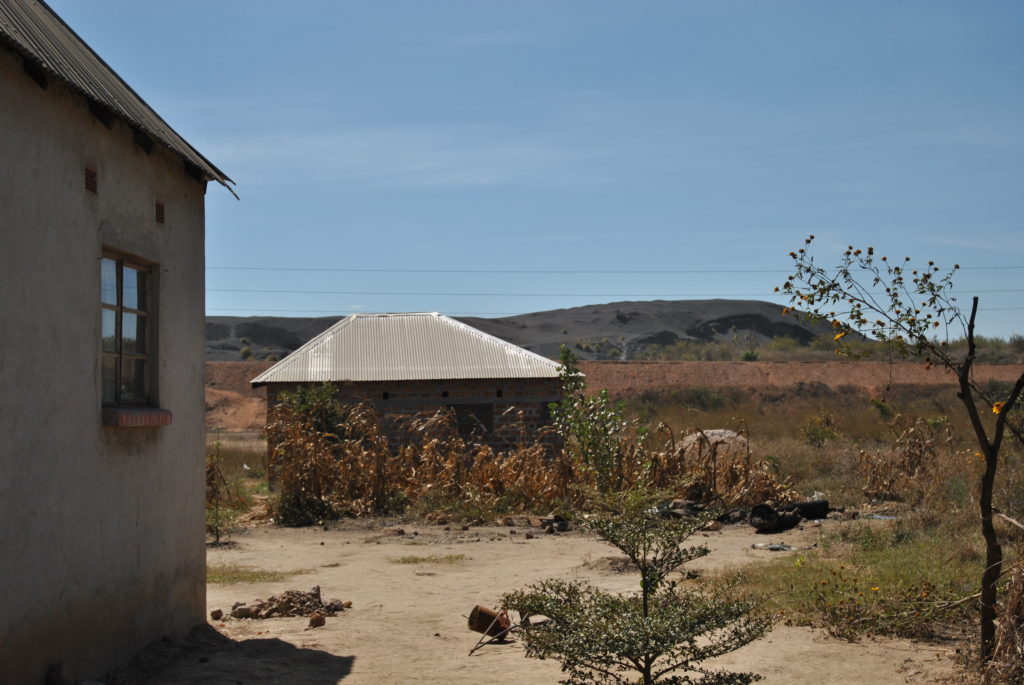The lasting effects of pollution from the Kabwe mine
Research Press Release | November 04, 2020
Residents of Kabwe Town, Zambia, have very high blood levels of lead and cadmium, to such an extent that the symptoms of toxicity have been clinically observed.
Kabwe, Zambia, has a long history of lead and zinc mining, centered around the now-closed Broken Hill Mine. Due to the mine, the city is also one of the most polluted places on Earth; even though the mine has closed, artisanal/small-scale mining continues, leading to the expansion of the polluted area.
Scientists from Hokkaido University and the University of Zambia (UNZA) have shown that inhabitants of Kabwe have very high blood levels of the toxic heavy metals lead and Cadmium, and also show clinical symptoms of lead and cadmium toxicity. Their results — the first study of clinical effects of lead and cadmium toxicity in the town — were published in the journal Chemosphere.
In Kabwe, the economy is centered around mining, even though the mine has long since closed. Inhabitants extract metals from the mine tailings — the leftover material after the extraction of ores from the soil. These tailings are highly toxic and can potentially affect not just the miners but their family and communities as well.
Previous studies have shown that blood lead levels in children in Kabwe are much higher than the WHO-prescribed reference levels. However, the levels of other heavy metals have not been investigated, and neither have the effects of their toxicity been assessed. The scientists studied the effect of three heavy metals – lead, zinc and cadmium – in a sample of 504 individuals across 40 study areas representative of the Kabwe region. The scientists collected BMI data, measured blood levels of each metal, and assessed blood, liver and kidney toxicity.
The scientists found that lead levels in blood (Pb-B) were higher in those who lived closer to the mine; moreover, infants had the highest Pb-B overall, and children (up to 17 years) had higher Pb-B than adults. Conversely, cadmium levels in blood (Cd-B) were higher in adults (18 years and above) than in children. Markers for liver function ranged from normal to higher than normal in the majority of the tested individuals, while the markers for kidney function were outside normal ranges (either higher or lower) for most of the individuals, indicating lower kidney function. δ-ALAD activity, used to assess haemotoxicity (the adverse effects of lead on the formation of red blood cells), was significantly lower in individuals with higher Pb-B levels, indicating high haemotoxicity.
This is the first report on the clinical outcomes of individuals affected by multiple metal exposure in Africa. Despite the limitations, significant correlations were found between blood metal levels and clinical parameters especially for adult participants, indicating potential adverse health effects due to metal exposure in Kabwe. Studies to further understand the causes and effects of the pollution must be undertaken. Dr. Hokuto Nakata of the research team emphasizes, “We cannot wait for the results of all the analyses to begin addressing the issues; treatment of affected people and remediation of polluted environments must begin immediately.”
Dr. Hokuto Nakata and Assistant Professor Shouta Nakayama of the Laboratory of Toxicology, as well as Dr. John Yabe of the School of Veterinary Medicine, UNZA, were the key contributors to this research. The team has been studying lead poisoning in Kabwe for well over a decade. Their research is part of ongoing collaborations with eight African countries on the project Clarification of the Effect of Continued Environmental Contamination in Africa on Humans and Animals.

Hokuto Nakata (second from the left) and Shouta Nakayama (third from left) during a survey conducted in August 2017 as part of the study (Photo: Hokuto Nakata).
Original Article:
Hokuto Nakata, et al. Clinical biochemical parameters associated with the exposure to multiple environmental metals in residents from Kabwe, Zambia. Chemosphere. August 17, 2020.
DOI: 10.1016/j.chemosphere.2020.127788
Funding:
This work was supported by Grants-in-Aid for Scientific Research from the Ministry of Education, Culture, Sports, Science, and Technology of Japan (MEXT; 16H0177906, 18KK0287, 17K2003807, 18H0413208, 16K16197, 17KK0009, 19K2047209); the Japan Society for the Promotion of Science (JSPS) Bilateral Open Partnership Joint Research Projects (JPJSBP120209902); the Environment Research and Technology Development Fund (SII-1/3–2, 4RF-1802/18949907) of the Environmental Restoration and Conservation Agency of Japan; The Soroptimist Japan Foundation; The Nakajima Foundation; The Sumitomo Foundation; The Nihon Seimei Foundation; The Japan Prize Foundation; The Akiyama Life Science Foundation; the Japan Science and Technology Agency (JST) / Japan International Cooperation Agency (JICA) Science and Technology Research Partnership for Sustainable Development (SATREPS; No. JPMJSA1501); and the JST’s Accelerating Social Implementation for SDGs achievement (aXis) and Program for supporting introduction of the new sharing system (JPMXS0420100619).
Contacts:
Professor Mayumi Ishizuka
Faculty of Veterinary Medicine
Hokkaido University
Email: ishizum[at]vetmed.hokudai.ac.jp
Sohail Keegan Pinto (International Public Relations Specialist)
Public Relations Division
Hokkaido University
Tel: +81-11-706-2185
Email: en-press[at]general.hokudai.ac.jp
Related Press Releases:
Lead poisoning could reduce gene expression in humans
The 3rd South Africa – Japan University Forum

